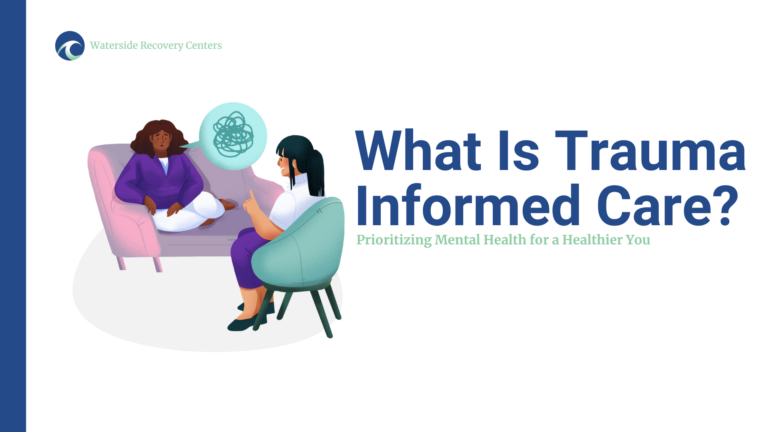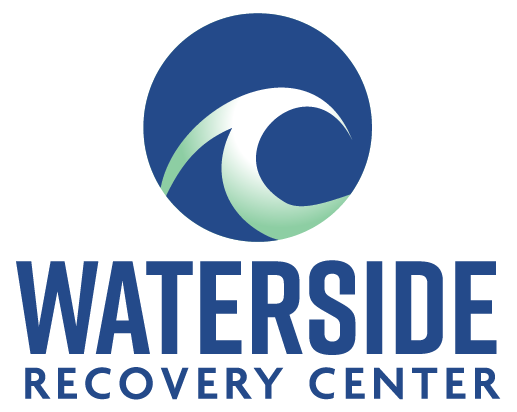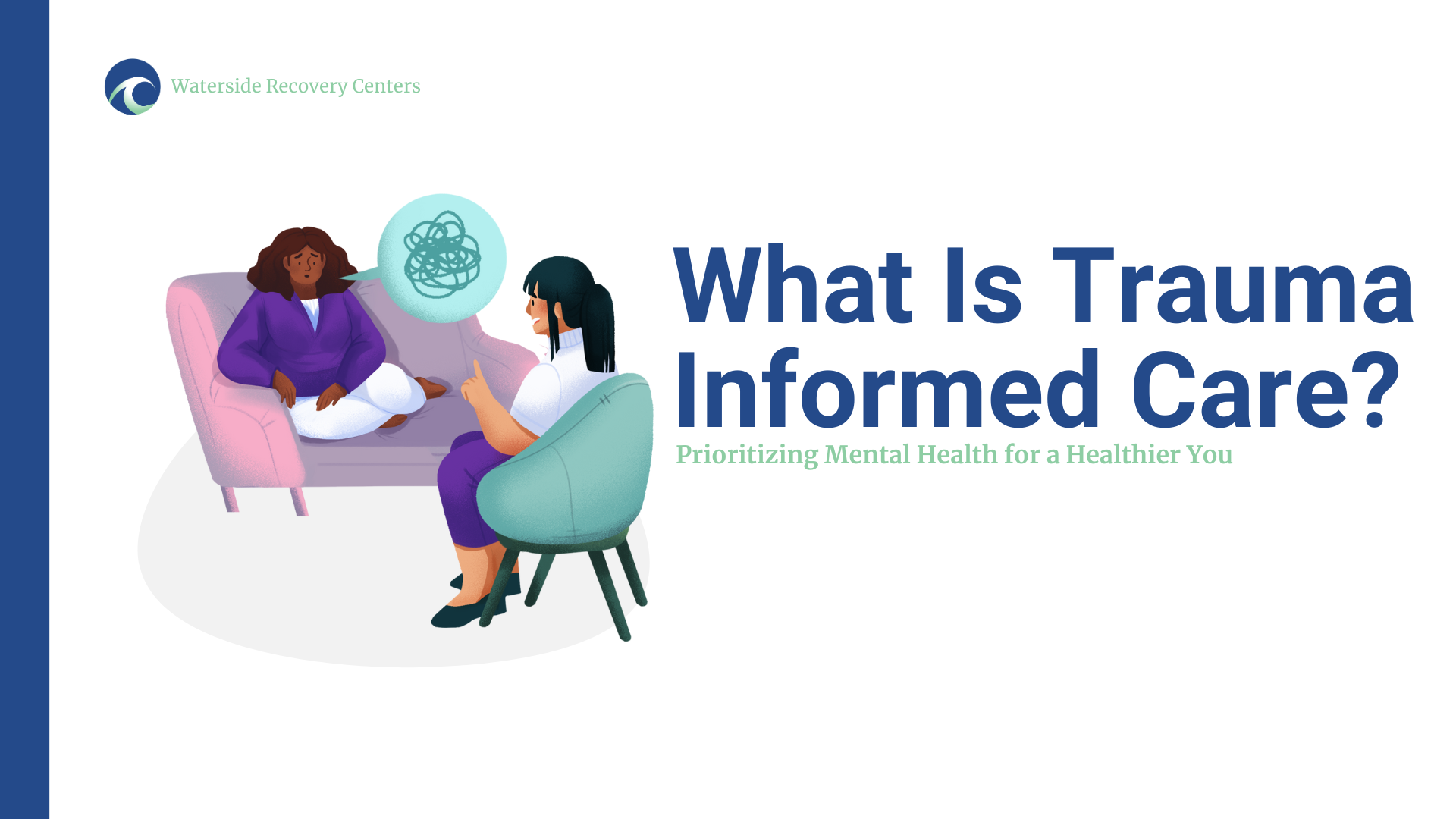
What is Trauma Informed Care? A Clear Explanation
Trauma-informed care is an approach to healthcare that recognizes the widespread impact of trauma and its effects on individuals. It is a framework that seeks to provide care that is sensitive to the needs of individuals who have experienced trauma. Trauma can be defined as a deeply distressing or disturbing experience that overwhelms an individual’s ability to cope. Trauma can result from a variety of experiences, including abuse, neglect, violence, accidents, and natural disasters.
Trauma-informed care is based on the understanding that trauma can have long-lasting effects on an individual’s physical, emotional, and mental health. It seeks to create an environment that is safe, supportive, and empowering for individuals who have experienced trauma. This approach to care involves understanding the impact of trauma on individuals, providing a sense of safety and trust, empowering individuals to make choices about their care, and promoting resilience and recovery. Trauma-informed care is increasingly recognized as an essential component of healthcare, particularly for individuals who have experienced significant trauma in their lives.
Foundations of Trauma-Informed Care
Definition and Principles
Trauma-informed care is an approach to healthcare that recognizes the impact of trauma on an individual’s physical, emotional, and mental health. It is a framework that emphasizes safety, trust, collaboration, and empowerment in order to promote healing and recovery. Trauma-informed care is based on the following principles:
Safety: Creating a safe and welcoming environment for patients is essential to trauma-informed care. This includes physical safety, emotional safety, and psychological safety.
Trustworthiness: Building trust with patients is crucial to trauma-informed care. This involves being transparent, reliable, and consistent in communication and actions.
Choice: Giving patients a sense of control over their healthcare is important in trauma-informed care. This includes involving patients in treatment decisions and respecting their choices.
Collaboration: Working together with patients to develop a treatment plan that meets their unique needs is a key component of trauma-informed care.
Empowerment: Helping patients to feel empowered and in control of their healthcare is central to trauma-informed care. This involves providing education and resources to support patients in their recovery.
Historical Context
The roots of trauma-informed care can be traced back to the 1970s and 1980s, when researchers began to recognize the impact of trauma on mental health. In the 1990s, the concept of trauma-informed care began to gain traction in the healthcare field, with a growing recognition of the need for a more holistic approach to treating patients who had experienced trauma.
Today, trauma-informed care is increasingly recognized as a best practice in healthcare, and is being implemented in a wide range of settings, from primary care clinics to mental health centers to hospitals. By adopting a trauma-informed approach, healthcare providers can help to promote healing and recovery for patients who have experienced trauma, while also creating a safer and more supportive environment for all patients.
Implementation in Practice
Healthcare Settings
Trauma-informed care is increasingly being implemented in healthcare settings to provide better care for patients who have experienced trauma. This approach emphasizes safety, trustworthiness, choice, collaboration, and empowerment. Healthcare providers who adopt this approach recognize the impact that trauma can have on physical and mental health and work to create a safe and supportive environment for patients.
One way that healthcare providers can implement trauma-informed care is by using screening tools to identify patients who have experienced trauma. Providers can then tailor their care to meet the specific needs of these patients, such as providing additional support or resources. Additionally, healthcare providers can work to create a physical environment that is calming and promotes a sense of safety.
Educational Institutions
Educational institutions are also beginning to adopt trauma-informed care practices to better serve students who have experienced trauma. This approach recognizes that trauma can impact a student’s ability to learn and succeed in school. By creating a safe and supportive environment, educational institutions can help students feel more comfortable and engaged in the learning process.
One way that educational institutions can implement trauma-informed care is by providing training to teachers and staff. This training can help educators recognize the signs of trauma in students and provide appropriate support. Additionally, schools can work to create a physical environment that is calming and promotes a sense of safety.
Social Services
Trauma-informed care is also being implemented in social service settings to better serve individuals who have experienced trauma. This approach recognizes that trauma can impact a person’s ability to access and benefit from social services. By creating a safe and supportive environment, social service providers can help individuals feel more comfortable and engaged in the process of receiving support.
One way that social service providers can implement trauma-informed care is by using trauma screening tools to identify individuals who have experienced trauma. Providers can then tailor their services to meet the specific needs of these individuals, such as providing additional support or resources. Additionally, social service providers can work to create a physical environment that is calming and promotes a sense of safety.
Benefits of Trauma-Informed Approaches
For Service Users
Trauma-informed approaches offer several benefits to service users. These include:
Increased sense of safety and trust: Trauma-informed care recognizes the impact of trauma on individuals and creates a safe and supportive environment for them to receive services. This can help service users feel more comfortable and trusting of their providers.
Empowerment and control: Trauma-informed care emphasizes the importance of giving service users a sense of control over their treatment and recovery. This can help them feel more empowered and engaged in the process.
Improved outcomes: Research has shown that trauma-informed approaches can lead to better outcomes for service users, including improved mental health, reduced symptoms of trauma, and increased overall well-being.
For Service Providers
Trauma-informed approaches can also benefit service providers in several ways, including:
Improved job satisfaction: Trauma-informed care emphasizes the importance of self-care and support for service providers, which can lead to increased job satisfaction and reduced burnout.
Enhanced skills and knowledge: Trauma-informed care requires providers to have a deep understanding of trauma and its impact on individuals. This can lead to enhanced skills and knowledge that can be applied across a range of service settings.
Increased collaboration and teamwork: Trauma-informed care emphasizes the importance of collaboration and teamwork among service providers, which can lead to improved communication and coordination of care.
Overall, trauma-informed approaches offer a range of benefits for both service users and providers. By creating a safe and supportive environment that recognizes the impact of trauma, these approaches can help improve outcomes and enhance the overall quality of care.
Challenges and Considerations
Barriers to Implementation
Implementing trauma-informed care can be challenging due to various barriers. One of the main barriers is the lack of funding and resources. Trauma-informed care requires extensive training for staff, changes in policies and procedures, and the development of new programs. All of these require significant financial resources, which may not be available to some organizations.
Another barrier to implementation is resistance to change. Some staff members may be resistant to the changes required to implement trauma-informed care. They may be comfortable with the current way of doing things and may not see the need for change. Overcoming this resistance requires effective communication and education about the benefits of trauma-informed care.
Continuous Improvement and Adaptation
Trauma-informed care is not a one-time implementation process. It requires continuous improvement and adaptation to meet the changing needs of the patients. This requires ongoing training, evaluation, and feedback from staff and patients.
One way to ensure continuous improvement is to establish a quality improvement program. This program can help identify areas for improvement and develop strategies to address them. It can also help monitor progress and evaluate the effectiveness of the trauma-informed care program.
Overall, implementing trauma-informed care can be challenging, but it is essential for providing effective care to patients who have experienced trauma. With adequate funding, effective communication, and ongoing training and evaluation, organizations can successfully implement trauma-informed care and improve patient outcomes.
At Waterside Recovery Centers we pride ourselves on providing the top addiction treatment in Massachusetts. With a range of evidence-based, client-focused and individualized treatment offerings, we are able to provide the ideal support for those seeking recovery from substance addiction. Please feel free to reach out to our help line at anytime.
(833) 985-4234



